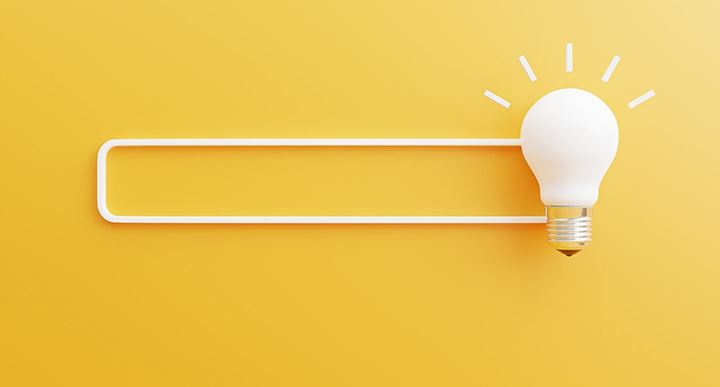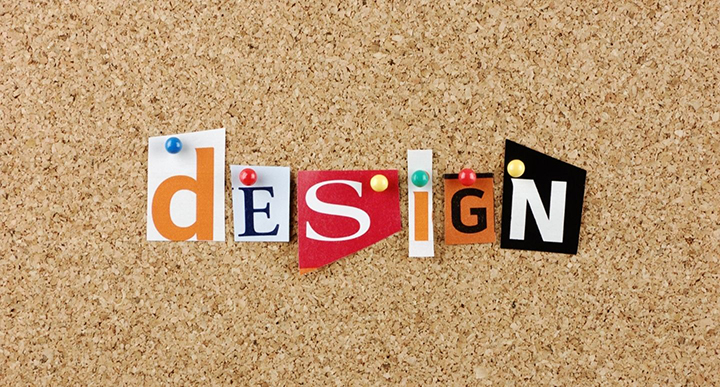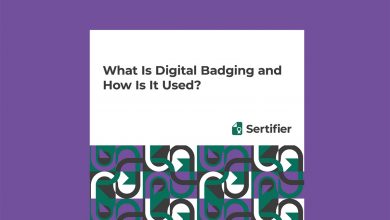Design a Badge: Transforming Achievements
Table of Contents
Intro
Achievements should be honored and appreciated in a meaningful way since they are like milestones on our path to achievement. The visual depiction has indisputable power when it comes to recognizing one’s successes.
We have the chance to turn these accomplishments into eye-catching visual symbols of success known as digital badges in today’s digital age. These badges offer a concrete token of acknowledgment that may be proudly exhibited on a variety of online platforms and elsewhere, in addition to serving as a tribute to our hard work and dedication. Let’s examine the world of online badges in further detail and see how it is changing how we recognize and share our accomplishments.
From Idea to Sketch: The Creative Process of Badge Design
The creative process of badge design begins with a strong concept. This first spark frequently originates from the core of the accomplishment or the team that made it possible. The first steps are brainstorming and envisioning the essential components that will visually portray the achievement. This can include graphics, hues, text, and even the badge’s overall form.
After the concept has been established, it’s time to start drawing. To translate their notion into visual form, designers create by making preliminary sketches on paper or digitally. In order to ensure that the badge adequately conveys the spirit of the achievement, this stage enables research and improvement of the design aspects.
The emblem can then be brought to life using digital tools, adding detailed features and making sure it complies with the required technical requirements after the sketches have been refined and the design has been decided upon. The creative and artistic process that goes into badge design is captured in this transformation from concept to sketch to completed digital badge.

Understanding Badge Design: Elements, Purpose, and Impact
The discipline of badge design is complex and involves careful consideration of many different factors, all of which contribute to the overall success of the badge. Typically, these components include of color, shape, imagery, typography, and symbolism. For instance, color selections might arouse particular feelings or connections, but a badge’s shape can indicate its function or value. Imagery and symbolism are essential because they capture the spirit of the accomplishment or affiliation the badge stands for, ensuring that its audience will recognize and understand it right away. Whether it’s the name of the award, the date it was earned, or the awarding organization, typography helps communicate information easily.
Beyond being aesthetically pleasing, badge design is a potent motivator and instrument for recognition. Badges are frequently used to recognize achievements, abilities, or affiliations and give people a concrete representation of their identity or success. Additionally, as badges are intended to be earned and shown, they might inspire people to pursue excellence. Badges can improve a user’s profile in a variety of digital contexts, such as online courses or professional networks, by giving them a quick and effective way to highlight their skills or credentials. Overall, badge design has an influence because of its capacity to graphically reflect accomplishments and affiliations, promoting a sense of pride and accomplishment while acting as an essential communication tool in today’s interconnected digital world.

Design Psychology: How Badge Aesthetics Influence Perception
Design psychology explores the complex interplay between visual aesthetics and human perception, illuminating how badge aesthetics can significantly impact how people perceive accomplishments and affiliations. Initial impressions are greatly shaped by aesthetic badge design components such as color, shape, and imagery. For instance, specific tints of a color might arouse emotions such as confidence, excitement, or professionalism. A carefully selected color scheme in badge design may define the mood and forge an immediate bond with the spectator. Additionally, a badge’s shape might transmit subliminal signals. For example, round badges frequently imply inclusivity and unity, but angular shapes might signify innovation or strength.
Designing badges with imagery has a similar impact. When employed as visual signals in badges, icons, symbols, or pictures, it instantly communicates the achievement’s or association’s nature. For instance, a star icon can denote greatness, while a book icon might stand for academic success. To guarantee effective communication, the picture should appeal to the target audience and be consistent with the badge’s mission.
Additionally, typography is essential to badge aesthetics because it determines how information is presented. Fonts that are clear and easy to read help to project an image of professionalism and reliability, while more ornate types can suggest originality or innovation. To ensure that the emblem effectively and persuasively conveys its message, readability, and beauty must coexist.
In conclusion, a badge’s aesthetics are ornamental and potent weapons for influencing perception. A well-executed design can elicit feelings, convey meaning, and affect the viewer’s perception of the accomplishment or allegiance being represented. Badge designers can use the visual aspects to create badges that leave a lasting, favorable impression on their audience and emphasize the importance of the accomplishments they represent by knowing the principles of design psychology.

Conclusion
In conclusion, badge design is an intriguing field where imagination, psychology, and recognition come together. It’s a world where achievements become recognizable indicators of success as they progress from an early thought to a beautiful digital badge. These badges act as effective instruments for communication and incentives in addition to commemorating our accomplishments.
A deep understanding of badge design’s numerous components, such as color, shape, artwork, typography, and meaning, is necessary. These components come together to create a visual language that conveys the essence of a feat or allegiance. Carefully chosen badge aesthetics have a profound emotional impact on viewers, generating feelings and instantly sharing messages.
Additionally, badge design has an impact that goes far beyond aesthetics. In today’s interconnected digital landscape, online badges are dynamic tools for motivating people and recognizing their accomplishments. They enable people to flaunt their achievements with pride, promoting a sense of pride and encouraging others to pursue excellence. Badges improve user-profiles and highlight skills in educational platforms, professional networks, and diverse online communities.
Design psychology sheds more light on the perception-altering power of badge aesthetics. Colors, shapes, imagery, and typography are practical communication tools that create first impressions and imply hidden meanings. Through its aesthetic components, a well-designed emblem can represent innovation, encourage solidarity, and elicit feelings of trust.
In essence, badge design is a creative endeavor that aims to close the motivational and recognition gap between accomplishments. It turns ordinary milestones into symbols of achievement, representing the efforts, commitment, and goals of both people and organizations.
The importance of badge design in recognizing accomplishments and connections continues to be crucial as we navigate the digital age, as a constant reminder that visual symbols can inspire, communicate, and bring people together in the pursuit of success.



